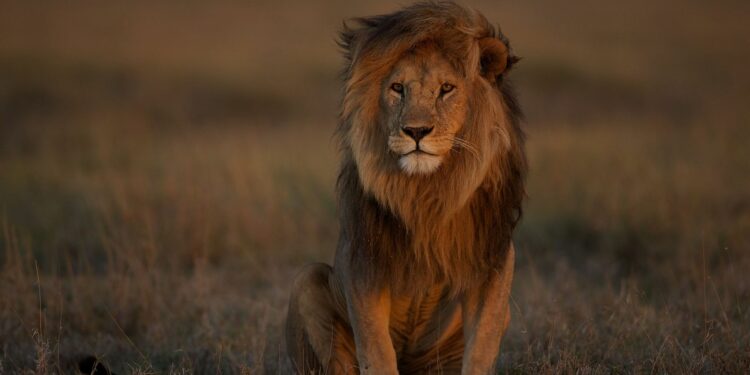The edge of diminishing ecosystems, locked in a conflict with humans, whilst also threatened by wildfires and climate change. Humans and lions are engaged in a battle for resources.
In some areas of Kenya, lion populations overlap with human settlements and livestock grazing areas leading to negative interaction and conflicts that often result in economic losses, threats to human life and conservation challenges. The building of infrastructure has also worsened the problem.
To guard their herds against predators, the farmers often resort to drastic measures such as spearing and the use of potent pesticides in a bid to kill the iconic species. According to the International Fund for Animal Welfare, the recent drought witnessed in Kenya led to the deaths of thousands of wildlife in ecosystems such as the Amboseli.
Read More: Empowering African Leaders – The Mandela Washington Fellowship Experience
The drought was described as the worst in 40 years and was marked by minimal rainfall. Approximately 6,093 animals were lost between June and November 2022.
The drought led to the loss of grasslands that attract prey that would then serve as a source of food for lions. If their prey is no longer present, they will turn their attention to livestock, and conflict with local people follows.
Wildfires have also been identified as a contributing factor in the loss of valuable rangelands. In 2020, the Tsavo ecosystem experienced wildfires that led loss of wildlife as well as their rangelands.
Read More: Nurturing Future Generations Through Breastfeeding
Scientists emphasize on the need for long-term solutions to address the impacts of habitat loss. The World Wildlife Fund reports that there may be as few as 23,000 wild lions left, with lions disappearing from over 90% of their historical habitats.









